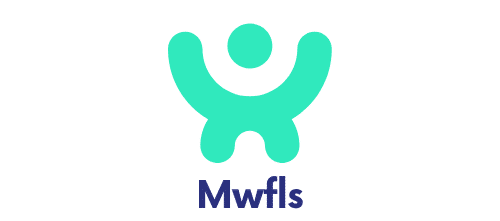The generation of images by artificial intelligence represents a major advance in the field of visual creation, opening the way to fascinating and innovative possibilities. Thanks to rapid advancements in image processing techniques, it is now possible to produce realistic, creative and personalized images using sophisticated AI systems. However, mastering this capability requires a deep understanding of the techniques, tools and challenges associated with AI image generation.
Benefits of generating images with AI
Image generation using artificial intelligence offers a multitude of benefits in various fields. First of all, it allows an increase in productivity in creative industries such as advertising, cinema and video games. By automating part of the visual creation process, artists can focus on more complex and creative tasks. Additionally, mastering image generation with artificial intelligence provides precise customization and adaptation to specific user needs.
A lire en complément : What are the recent developments in the field of chatbots ?
AI image generation allows you to create visuals quickly and efficiently, without requiring special artistic or technical skills. This represents a huge time saving for content creators, designers and professionals in various industries
For example, in interior design, AI-enabled tools can generate rendered images of rooms that perfectly match the user’s preferences and constraints. This ability to produce tailor-made images can also be applied in the fashion field. In this industry, AI models can create personalized clothing based on the customer’s style preferences and measurements.
A lire également : Can Blockchain Technology Ensure Transparency and Traceability in the Food Supply Chain?
The best techniques for mastering image generation with AI
Mastering image generation with AI is a constantly evolving discipline. Here are some key techniques you can explore to deepen your skills in this area
Basic techniques for image generation
The use of convolutional neural networks is a basic technique for image generation. These networks learn from training data and generate images using convolutional layers. Auto Encoder is another fundamental technique where the network learns to reconstruct the input image. It thus forces the latent representation to capture the important characteristics of the image.
GANs (Generative Adversarial Networks) are models that rely on a competing generator and discriminator to produce realistic images. This approach has revolutionized image generation by enabling the creation of high quality images. Conditional language models, like Transformers, can also be used for image generation by providing textual context to guide the generation process.
Advanced techniques to improve quality
Using data augmentation techniques such as rotation, cropping and scaling can improve the diversity and quality of the generated images. The integration of attention mechanisms into neural networks makes it possible to focus on specific parts of the image during the generation process.
Conditional seeding involves providing additional information to the generation models, such as specific attributes, to further control the content and style of the generated images. Using regularization techniques, such as group normalization, can help stabilize the learning of neural networks. Better yet, it can help avoid overfitting, leading to higher quality images.
Approaches for generating realistic images
Incremental learning involves training the generator and discriminator incrementally, starting with low-resolution images and gradually increasing the resolution to produce more realistic images. The use of adversarial reconstruction techniques makes it possible to generate images from textual descriptions.
Multimodal training involves using data from multiple sources, such as images and text, to create more comprehensive and expressive generation models. Human-guided exploration involves involving users in the generation process by allowing them to provide feedback or corrections to refine and improve the final results.
Challenges and future prospects
AI image generation faces challenges such as resolving collapse mode, where the generator produces similar, low-quality images. Improving the understanding of neural networks and generation mechanisms will help develop more efficient and reliable models for image generation.
The integration of self-supervised learning and reinforcement learning can open new avenues for image generation by enabling models to better capture the diversity and complexity of visual data. Exploring new network architectures and optimization techniques will help address current challenges and improve the quality and diversity of images generated by artificial intelligence.
















